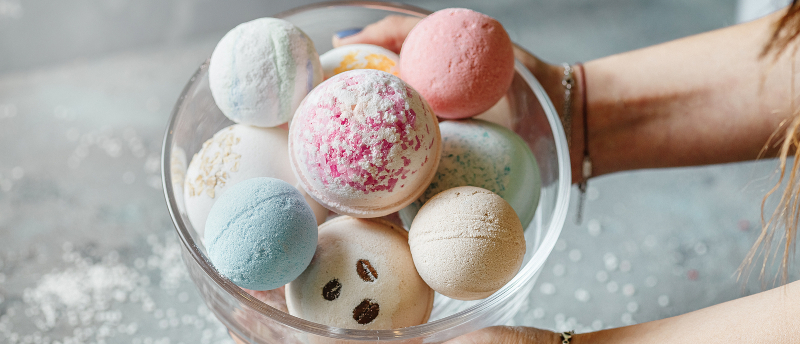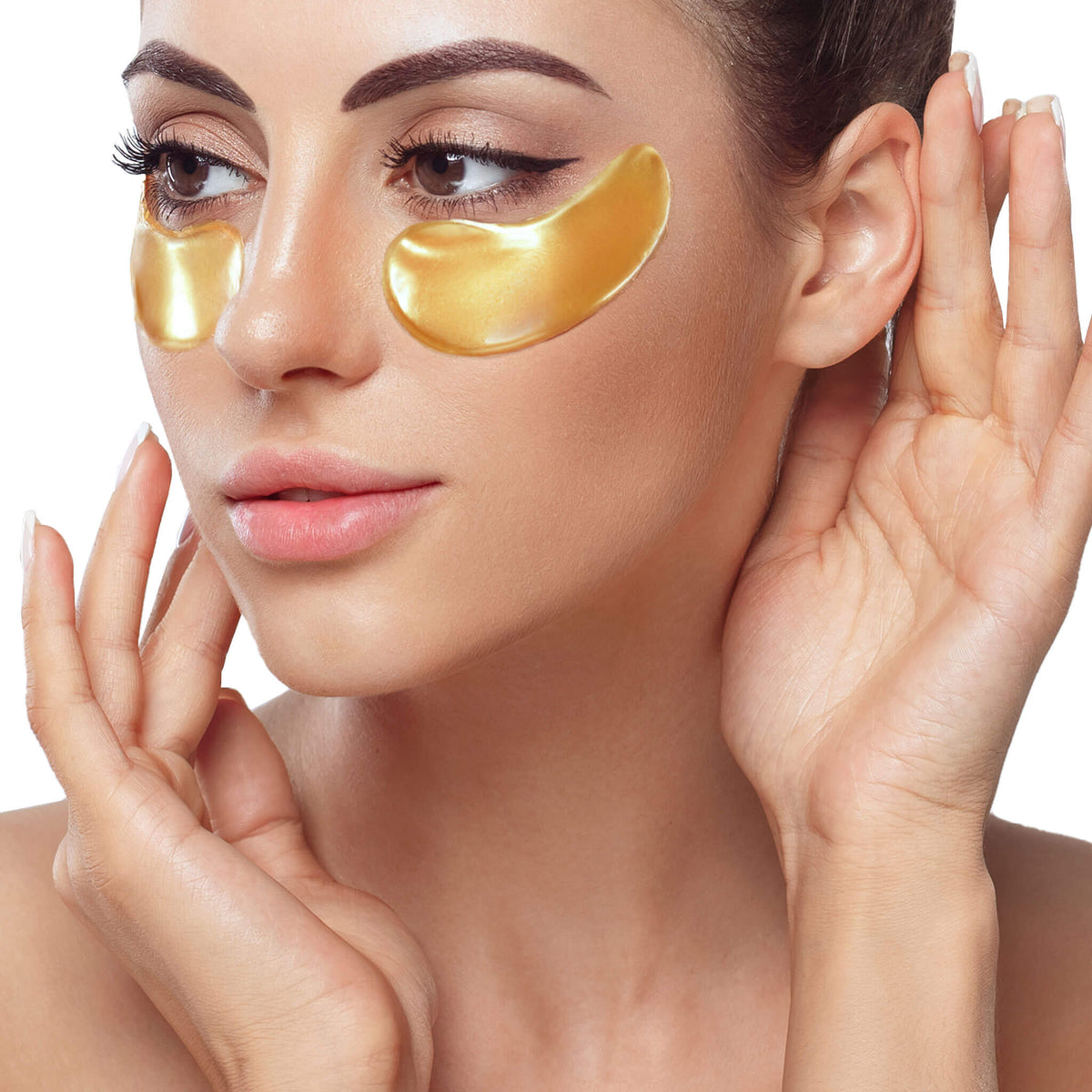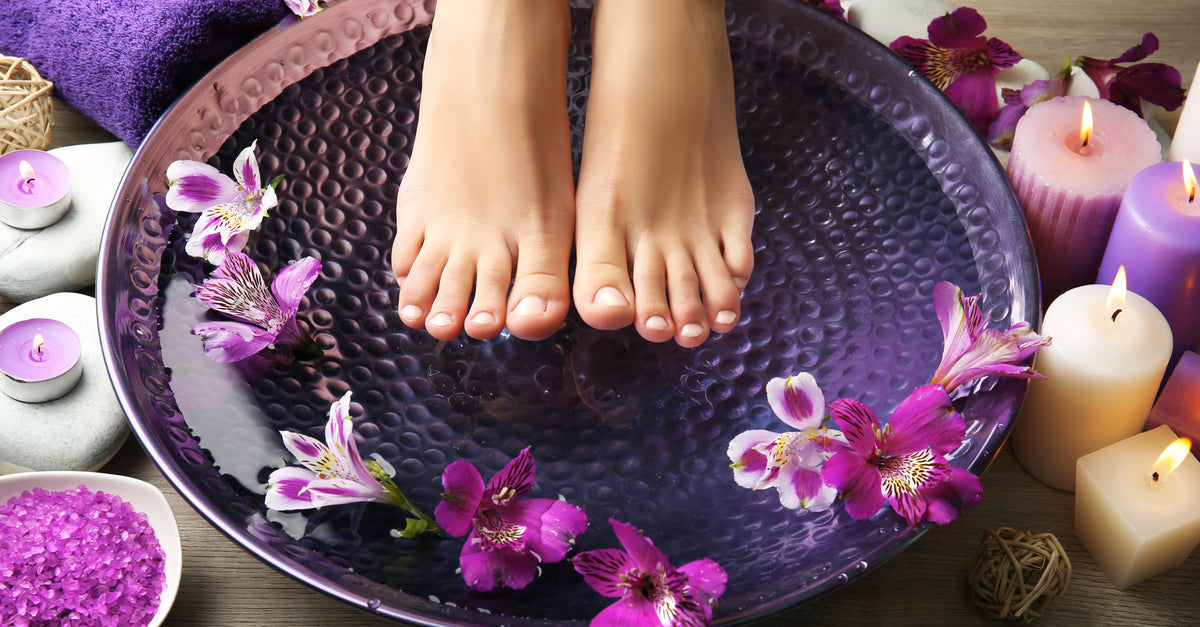As part of our daily self-care routines, exfoliation is a crucial step in any foot care routine. The process of removing dead skin cells from the surface of your feet not only makes them look and feel better but also helps prevent common foot problems like calluses and dry, cracked heels. But what tool should you use for this important task? In this article, we’ll compare two popular options: pumice stones and foot files. We’ll explore who can benefit from using each tool, how they work, their pros and cons, alternatives, step by step instructions on how to use each one, tips for getting the best results, and which option is ultimately the best choice for your feet.
What Are Pumice Stone and Foot File?
Both pumice stones and foot files are designed to help remove dead skin cells from the surface of your feet. While most people can benefit from regular exfoliation, these tools may be particularly helpful for those with certain foot conditions.
Pumice Stone
Pumice stones are a natural volcanic rock that has been used for centuries to exfoliate rough skin. They’re gentle enough for most people to use, but they may be especially beneficial for those with sensitive skin or who are prone to developing calluses.

Foot File
Foot files, on the other hand, are typically made of metal or plastic and have a rough surface that’s designed to scrape away dead skin cells. They’re often recommended for those with more stubborn calluses or thickened skin on their feet.

How Do Pumice Stones and Foot Files Work?
The basic principle behind both pumice stones and foot files is the same: they work by gently scrubbing away dead skin cells from the surface of your feet. However, each tool has its own unique way of doing this.
Pumice Stone
To use a pumice stone, you’ll wet the stone and your feet, then rub the stone in a circular motion over the rough areas of your skin. The abrasive surface of the stone helps to remove dead skin cells without damaging healthy skin underneath.
Foot File
Foot files typically have a rough surface on one side that’s designed to scrape away dead skin cells. To use a foot file, you’ll need to start with dry feet and gently rub the file back and forth over the areas where you want to remove dead skin.
Pros and Cons of Pumice Stones and Foot Files
Both pumice stones and foot files have their pros and cons. Here are some of the key factors to consider when choosing which tool is best for you:
Pumice Stone
Pros:
- Gentle enough for most people to use regularly
- Natural material that’s eco-friendly
- Can be used in the shower or bath for added convenience
Cons:
- May not be effective for more stubborn calluses or thickened skin
- Can be difficult to get into hard-to-reach areas
Foot File
Pros:
- Effective at removing tough, thickened skin
- Comes in various shapes and sizes for different areas of the feet
- Can be used on dry skin for maximum results
Cons:
- Can be too harsh for sensitive skin
- May cause irritation or even bleeding if used improperly
- Must be cleaned and sanitized regularly to avoid bacteria buildup
Step by Step Instructions
If you decide to use a pumice stone or foot file to exfoliate your feet, here’s how to do it correctly:
How to Use a Pumice Stone
- Wet the stone and your feet with warm water.
- Apply a small amount of soap or body wash to the stone if desired.
- Gently rub the stone in a circular motion over the rough areas of your skin.
- Rinse your feet with warm water and pat dry with a towel.
- Apply a moisturizer to your feet to keep them soft and hydrated.
How to Use a Foot File
- Start with dry feet.
- Hold the foot file against the rough areas of your skin at a 45-degree angle.
- Gently scrape the file back and forth over your skin, applying light pressure.
- Continue until the dead skin has been removed.
- Rinse your feet with warm water and pat dry with a towel.
- Apply a moisturizer to your feet to keep them soft and hydrated.
Tips for Getting the Best Results
Whether you choose to use a pumice stone or foot file, there are a few things you can do to ensure you get the best results possible:
- Don’t overdo it: Exfoliating too frequently or aggressively can damage healthy skin and lead to irritation or infection. Aim to exfoliate your feet no more than once a week.
- Be gentle: While it may be tempting to scrub away your calluses as quickly as possible, doing so can actually make the problem worse. Use a gentle touch and take breaks if your skin starts to feel tender or raw.
- Moisturize regularly: To maintain smooth, healthy feet, it’s important to keep them hydrated. Apply a rich moisturizer to your feet every day, especially after exfoliating.
- Wear supportive shoes: Wearing shoes that fit well and provide adequate support can help prevent calluses and other foot problems from developing in the first place.
Pumice Stone vs Foot File: Which One Is Best?
So, which tool is ultimately the best choice for exfoliating your feet? The answer depends on your individual needs and preferences. Here are a few factors to consider:
- Severity of calluses: If you have severe calluses or thickened skin on your feet, a foot file may be more effective than a pumice stone.
- Sensitivity of skin: If you have sensitive skin, a pumice stone may be gentler and less likely to cause irritation or discomfort.
- Convenience: Pumice stones can be used in the shower or bath, while foot files require dry skin. Consider which option fits better into your routine.
- Personal preference: Ultimately, the choice between a pumice stone and a foot file may come down to personal preference. Try both options to see which one works best for you.
Conclusion
Exfoliating your feet is an important part of any foot care routine. While there are many tools available to help remove dead skin cells, pumice stones and foot files remain two of the most popular options. By understanding their pros and cons, how to use them correctly, and tips for getting the best results, you can choose the tool that’s right for you and enjoy healthy, smooth feet.
FAQs
- Is it safe to use a pumice stone or foot file on my feet every day? No, exfoliating your feet too frequently can damage healthy skin and lead to irritation or infection. Aim to exfoliate no more than once a week.
- Can I use a pumice stone or foot file on wet skin? Pumice stones work best on wet skin, while foot files should be used on dry skin.
- How do I clean and sanitize my foot file? To avoid bacteria buildup, clean your foot file with soap and water after each use and sanitize it with rubbing alcohol or hydrogen peroxide once a week.
- Will using a pumice stone or foot file hurt? When used correctly, neither tool should hurt. However, if you have sensitive skin, you may experience some mild discomfort or sensitivity.
- What should I do if my calluses don’t improve with exfoliation? If you have severe calluses or thickened skin on your feet that don’t improve with exfoliation, you may need to see a podiatrist for professional treatment.













